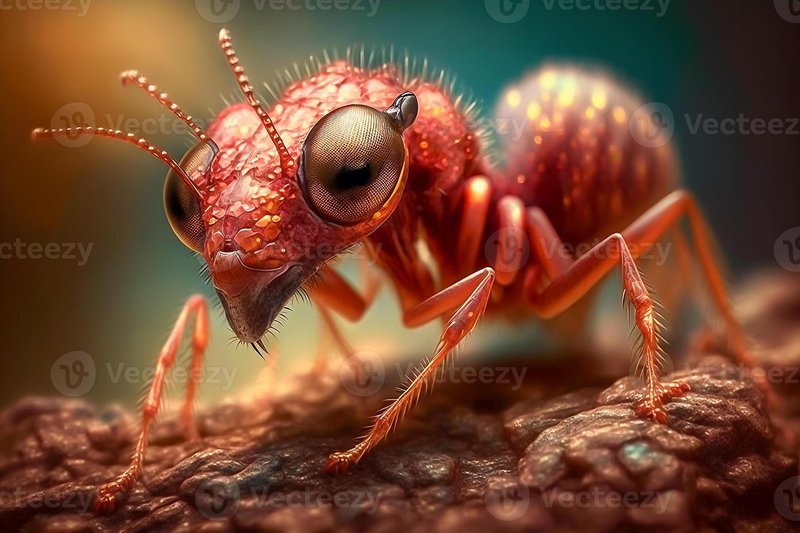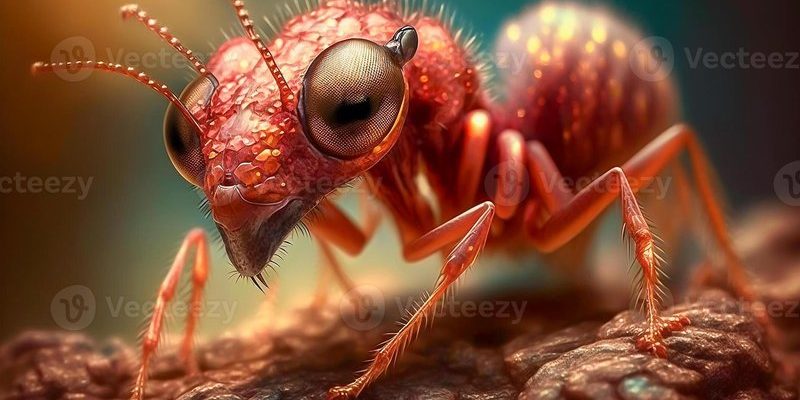
You might be wondering how these tiny creatures manage to communicate so well without words. Well, they have a unique combination of body language, pheromones, and even touch that helps them share information. It’s like they have their own secret language, and once you start to understand it, you’ll appreciate their world a lot more. Let’s dig into the various ways fire ants communicate and interact within their colonies.
The Basics of Fire Ant Communication
Fire ants primarily rely on pheromones—chemical signals that they use to convey messages to each other. Think of pheromones as the fire ant equivalent of a text message. When a fire ant encounters food, for example, it releases a specific pheromone trail that tells other ants where to find it. The other ants pick up on this scent and follow it back to the food source. This process illustrates how cooperation is key to their survival.
But it’s not just about finding food. Fire ants use pheromones for various reasons, such as alerting the colony to danger or marking their territory. Each type of message has its own specific scent, which means that the ants have to be skilled at detecting and interpreting these chemical signals. You might be surprised to learn that different pheromone combinations can convey complex messages, such as “danger!” or “let’s build a nest!”
Body Language and Touch
In addition to pheromones, fire ants also communicate through body language and touch. When two ants meet, they often engage in a behavior called tapping, where they gently touch each other with their antennae. This might seem simple, but these interactions are crucial for establishing relationships and sharing information.
For instance, if an ant needs help or is in distress, it might touch another ant more vigorously. This signal can prompt the other ant to respond quickly, forming a sort of emergency communication network. Plus, the way ants move and position their bodies can indicate their role within the colony—whether they’re foragers, workers, or soldiers.
Imagine you’re in a crowded café, and you need to communicate with a friend across the room without shouting. You might nod, wave, or make eye contact. Fire ants do something similar, using their bodies to convey meaning without the need for words.
Alarm and Defense Signals
When it comes to defense, fire ants have a well-orchestrated way of sounding the alarm. If a threat approaches—like a predator or a human stepping too close—the leading ant releases a specific alarm pheromone. This pheromone quickly spreads through the colony, warning others to be on high alert.
Once the alarm is sounded, the ants rush to action, often forming a defensive barrier around their queen and larvae. Their ability to mobilize quickly and efficiently in such situations showcases the strength of their communication methods and their commitment to the colony’s safety. It’s a bit like a fire drill, but in this case, they’re defending their home!
Coordination in Foraging and Nest Building
Coordination is vital for fire ants, especially when it comes to foraging for food and building their nests. When a scout ant discovers a food source, it lays down a pheromone trail leading back to the nest. Other ants can sense this trail and will follow it, which helps them work together to transport food back efficiently.
This cooperative behavior isn’t just limited to foraging. During nest-building, ants communicate about where to dig or how to shape their home. They might use a combination of touch and pheromones to signal their intentions, ensuring everyone is on the same page. It’s almost like a construction team on a building site, where clear communication is essential to completing the project successfully.
The Role of the Queen and Her Workers
In a fire ant colony, the queen plays a central role in communication and interaction. The queen produces her own set of pheromones that regulate the colony’s activities. For example, her pheromones can signal to workers that they should tend to the brood or forage for food. Essentially, she helps maintain harmony and order within the colony.
Worker ants, on the other hand, have specific roles. They communicate with each other to ensure that tasks are completed efficiently. For instance, if there are too many workers in one area, they might signal each other to spread out, ensuring that every part of the colony is taken care of. It’s impressive to think about how each ant plays a part in maintaining the overall health and functionality of the colony.
Learning from Fire Ants
So, what can we learn from fire ants and their communication skills? Honestly, their ability to work together effectively reminds us of the importance of teamwork in our own lives. Whether in a workplace, a family, or a community, open and clear communication can make all the difference.
Fire ants also remind us that sometimes the smallest creatures can teach us big lessons about cooperation, coordination, and the importance of a community. Just like those busy little ants, we can strive to support each other and work together toward common goals.
Fire ants are more than just pests in the yard; they are remarkable communicators with complex social structures. Their use of pheromones, body language, and cooperative strategies illustrates a sophisticated system that allows them to thrive as a colony. By observing and understanding how fire ants interact, we can gain insights into our own communication and teamwork.
Next time you see a fire ant, take a moment to appreciate the tiny world of cooperation and conversation happening all around you. After all, their ability to connect and communicate is something we can all learn from, no matter how small we are.

